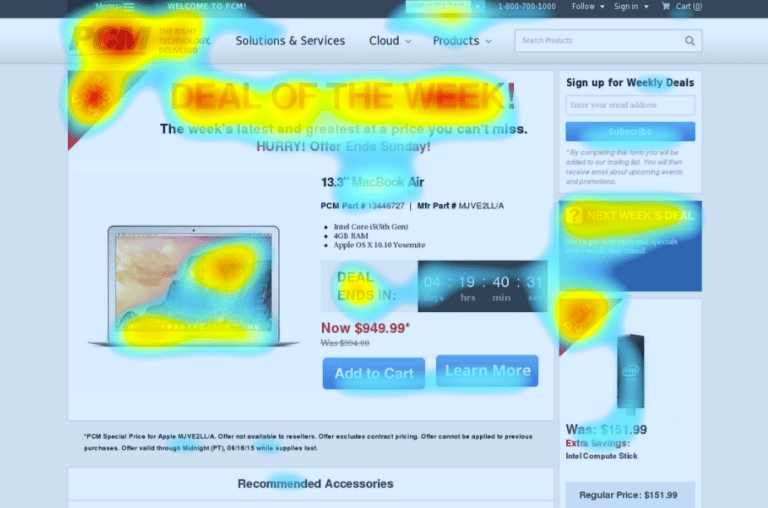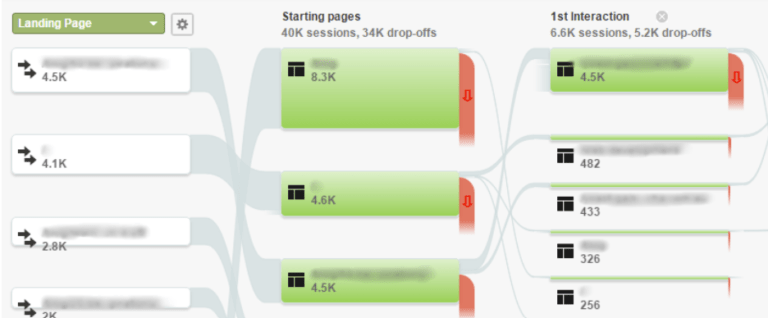In marketing strategy, user behavior often takes a back seat to data. While you need a thorough understanding of your industry, you also need to know who your target customer is, what their most urgent needs and interests are, and have data on how your previous campaigns have performed.
The problem is that it’s too easy to get stuck in quantitative information, which is any type of data that can be reduced objectively to conclusions based on numbers. This is especially true in the burgeoning world of big data. This data is important because it gives us information about our world that has not been manipulated or sanitized in any way. However, it can be difficult to interpret because it does not always tell a simple story.
Qualitative data, which is based on subjective factors such as emotional experience and behavior, is the type of data that marketers should pay attention to. You can better understand your marketing position and improve the direction and execution of your campaigns if you track user behavior and draw conclusions from their interactions with your brand.
Which is Better for Marketing Strategy: Quantitative or Qualitative Data?

There aren’t many marketers who would dispute the importance of data in decision-making, but most marketers prefer either quantitative or qualitative data. Quantitative data is more objective but harder to interpret; qualitative data can offer more psychologically important insights but has less universal application. Each has its own set of benefits and drawbacks.
Every marketing campaign can benefit from quantitative and qualitative data. Both types of data are important. Although qualitative methods are the primary factor in determining user behavior, some aspects may be quantifiable. However, user behavior’s significance extends beyond either category of data. The success or failure of your overall campaign goals can be determined by your understanding of user behavior, regardless of the general approach that you favor.
User Behavior and User Experience Importance
As a marketer, you may have seen the results of an inbound marketing campaign and decided that it was successful based on how many people visited your website. It makes sense that having more people visit your website will help you make more money and make it more likely that people will buy from you, so it is safe to assume that having a bigger audience will be good. good.
Metrics such as “site visits,” on the other hand, are unable to provide answers to a number of important qualitative questions. They can’t tell you why a user went to your website, how they got there or what they did when they got there. You have no way of knowing whether people clicked on your advertisement because of the information it contained or because of the color scheme used. And, when they arrived at your website, maybe they were confused by the navigation and left.
A User Behavior Analysis Guide
As you might expect, there is a plethora of software available to assist you in measuring and analyzing the typical user experience or user behavior associated with your online presence. These tools are available to you. Some of these are free, while others, depending on your needs, may be costly.
Here are some of our favorites.
Heat Maps:

Heat maps are interactive displays that show how visitors interact with your website. Heat maps are also known as click maps (or advertisement maps). If you keep track of where people scroll or look on the different pages that make up your website, you can make generalizations about which parts of your online presence work best and which don’t. In most cases, heat maps can be incorporated into an existing website with little to no difficulty at all, despite the fact that doing so will require a financial investment. Check out CrazyEgg and Hotjar.
Google Analytics:

Google Analytics is known for the sheer volume of quantitative data it can give you on your website, but too many people focus on the surface-level conclusions. These conclusions include which pages they look at while they are there and for how long. Check out the Behavior Flow section further if you want to come to more qualitative conclusions regarding the actions of your site visitors. Depending on the page you want to analyze, you can observe the general flow of users and get a better idea of the factors that are responsible for their behavior.
Surveys:

In our high-tech world, surveying seems almost ancient compared to other ways to do research. On the other hand, they may be very helpful in understanding how people who use your product think, what they believe, and how they feel. Using tools like Survey Monkey, which is not too expensive, you can make your own surveys and add them to your website in any way you like. Make sure to ask a lot of open-ended questions. Only a small percentage of your users will fill out the surveys, but the insights you get from the longer answers will be much more useful than any number-based data you collect.
Understanding user behavior is the most important step in developing a successful long-term campaign. This is true no matter what strategy you use or how you change your marketing plan based on what you learn. Probably the most important part of user behavior is reminding yourself that your opinion doesn’t matter, nor does your CEO’s, or the web designers. The only thing that matters is what your ideal customer likes. Often, it’s not what you think.

